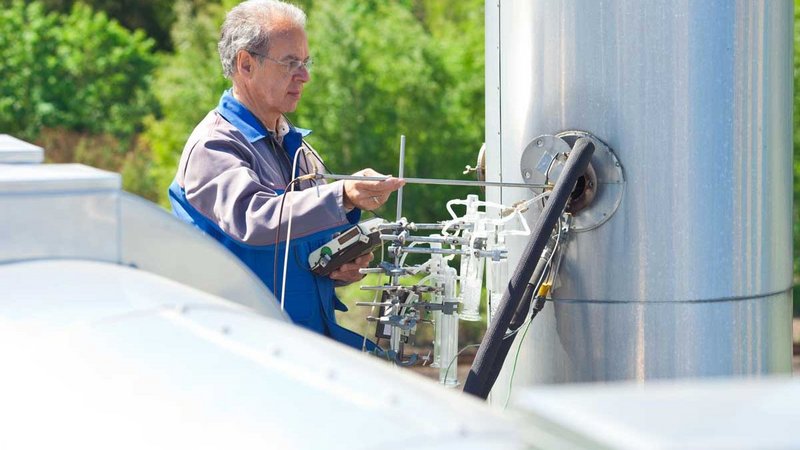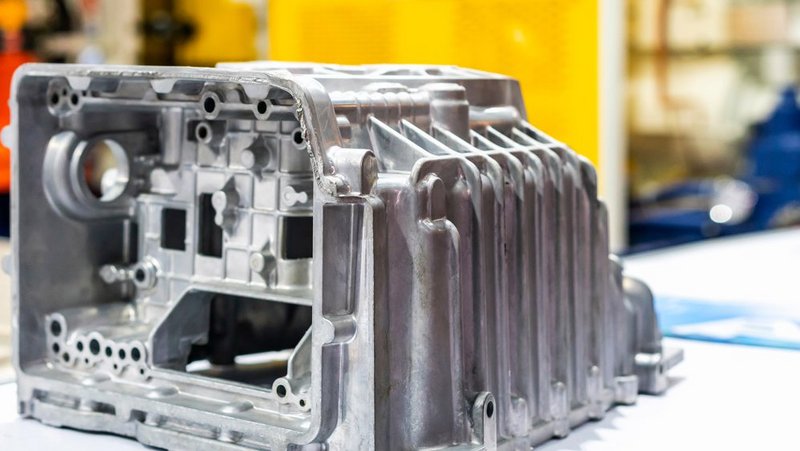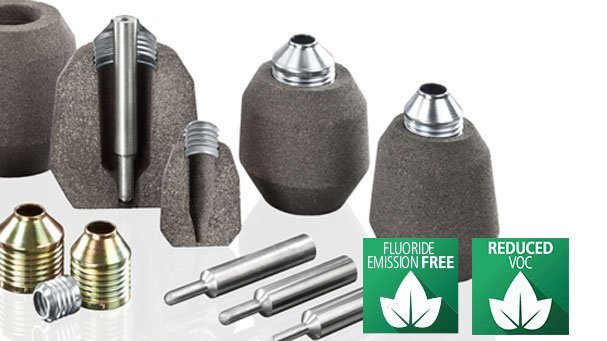
Compacted Graphite Irons
-
Compacted graphite (CG) irons are a range of cast irons having mechanical properties intermediate between those of grey and ductile irons. Under the microscope the graphite appears as short, thick flakes with rounded ends, readily distinguished from true flake graphite.
Compacted graphite is interconnected in a branched structure, and is more like flakes than the completely isolated nodules in ductile iron. Compacted graphite is not the same as vermicular graphite which can occur in irons of very low sulphur.
Compacted graphite iron has good casting characteristics, due to its high fluidity and low solidification shrinkage. The tensile, yield and fatigue strengths of CG iron are 1.5–2 times that of grey iron, approaching ductile iron. Thermal conductivity is comparable with grey iron and machinability is intermediate between grey and ductile irons of similar matrix structures.
This combination of properties makes CG iron suitable for upgrading of castings traditionally produced of grey iron.
Production of compacted graphite iron
There are several methods by which compacted graphite may be produced:
- Cerium additions
- Magnesium additions
- Nitrogen additions
- Magnesium plus titanium additions
One method involves the joint addition of a nodularising and a denodularising agent, usually magnesium and titanium often with a small cerium addition as well. Special treatment alloys have been developed for the production of CG iron.
Mg Ti Ce Ca Al Si Fe
4.5–5.5 8.0–10.0 0.3–0.4 1.0 max 1.5 max 50–54 balance
As with ductile iron, it is desirable to start with a low sulphur iron, below 0.02%. The base iron for treatment is best melted in an induction furnace and should have composition in the range:
CE C Si Mn S P
3.7–4.5 3.1–3.9 1.7–2.9 0.1–0.6 0.035 max 0.06 max
A sandwich technique may be used with addition rates between 0.6–1.6% depending on the foundry conditions. The treatment temperature should be above 1350°C to avoid the formation of a fully nodular structure. Inoculation of the treated iron is necessary and additions of 0.2–0.5% ferrosilicon are common. The matrix structure may be made ferritic or pearlitic as with ductile iron. Titanium-containing alloys can cause problems due to buildup of Ti in foundry returns leading to impaired machinability.
The use of compacted graphite iron was limited for many years by the difficulty foundries experienced in controlling the process within the narrow range of CGI stability so it was considered an unreliable material.





